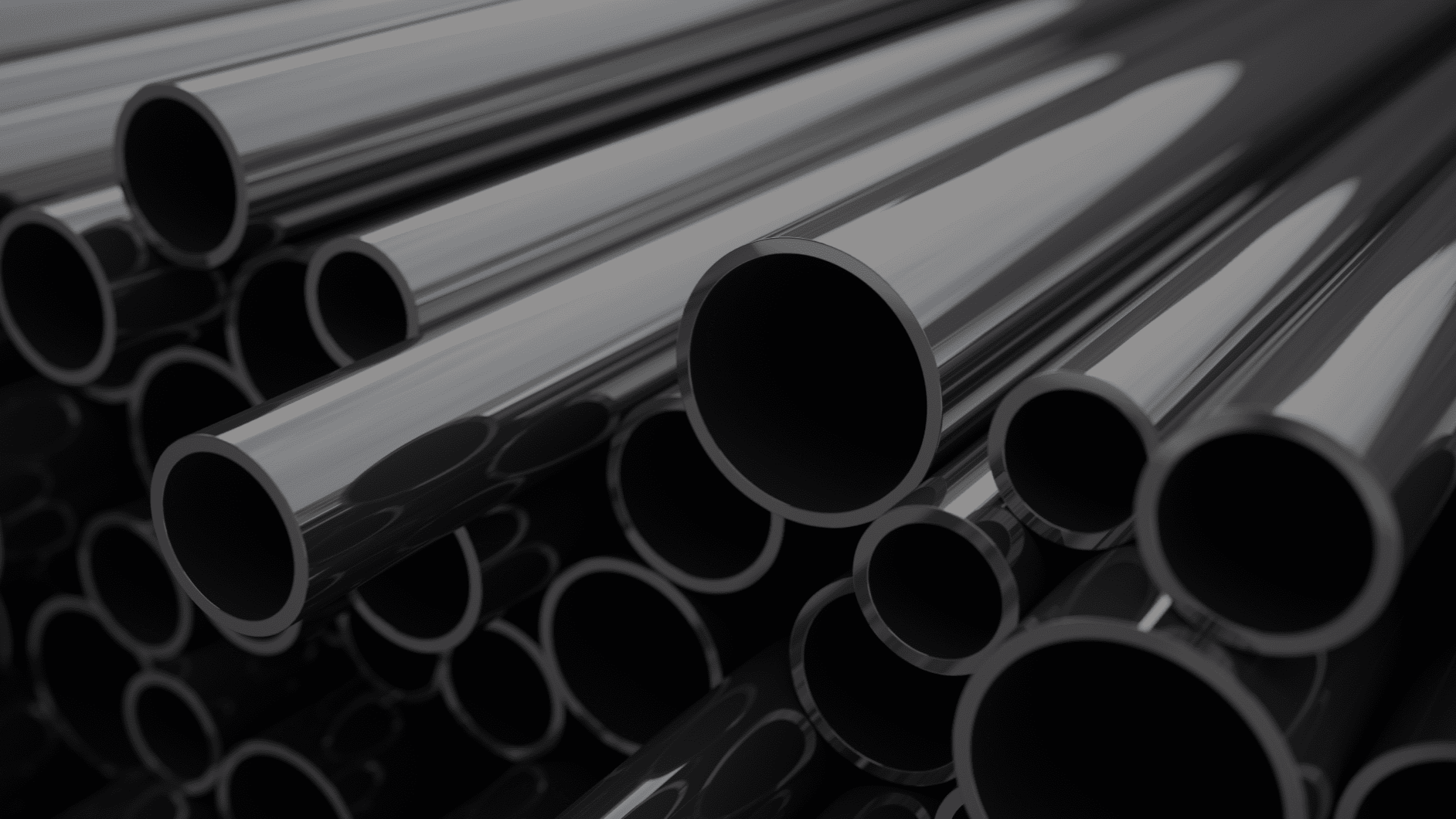Summary:
Stainless steel is an alloy steel containing at least 11% Chromium (Cr), offering resistance to corrosion and featuring a self-repairing surface layer. This article will explore stainless steel's self-repairing feature, the protective layer formed on its surface, and the effects of other alloying elements such as Carbon, Nickel, Molybdenum, Titanium, Copper, Vanadium, Tungsten, and Manganese.
Contents:
- Definition and General Characteristics of Stainless Steel
- Composition of Stainless Steel: The Importance of Chromium
- The Self-Repairing Mechanism of the Surface Layer
- Corrosion Resistance of Stainless Steel
- Other Important Alloys in Stainless Steel
- Applications and Examples of Stainless Steel
- Mechanical and Physical Properties of Stainless Steel
- Stainless Steel Production Process and Technology
- Stainless Steel and Environmental Interactions
- Future of Stainless Steel and Innovative Applications
Definition and General Characteristics of Stainless Steel
Stainless steel, containing 11% or more Chromium, is highly resistant to corrosion. This alloy forms a thin protective layer when it comes in contact with air, protecting both its internal and external structure. This unique property makes stainless steel suitable for a wide range of applications, from industrial to household items.
Composition of Stainless Steel: The Importance of Chromium
Chromium is the key component of stainless steel, providing its corrosion resistance. Besides Chromium, stainless steel also contains other alloys like Carbon, Nickel, and Molybdenum, which enhance its mechanical and physical properties, making it suitable for various applications.
The Self-Repairing Mechanism of the Surface Layer
The surface layer of stainless steel can repair itself when damaged. This mechanism increases the longevity and durability of the material. The self-repairing feature ensures the structural integrity of stainless steel, making it more durable.
Corrosion Resistance of Stainless Steel
The corrosion resistance of stainless steel is especially important in aggressive environmental conditions. This property is one of the main reasons for choosing stainless steel in various fields, from marine applications to construction.
Other Important Alloys in Stainless Steel
Stainless steel is not limited to Chromium; it also includes alloys like Carbon, Nickel, Molybdenum, Titanium, Copper, Vanadium, Tungsten, and Manganese. These alloys improve the hardness, flexibility, and other mechanical properties of the steel.
Applications and Examples of Stainless Steel
Stainless steel is used in a wide range of applications, from kitchenware to medical devices, building materials, and the automotive industry. This versatility is directly related to its durability and aesthetic appearance.
Mechanical and Physical Properties of Stainless Steel
Stainless steel possesses high hardness, excellent formability, and good weldability. These properties make it a versatile material suitable for different industrial applications.
Stainless Steel Production Process and Technology
The production of stainless steel requires advanced technological processes and strict quality control standards. This process is carefully managed to ensure the material meets the desired properties.
Stainless Steel and Environmental Interactions
Stainless steel is resistant to environmental interactions and is recyclable. These properties make it an ideal choice for sustainable applications.
Future of Stainless Steel and Innovative Applications
Stainless steel is a continuously evolving material, with new alloys and processing techniques enhancing its properties. These innovations will further expand the applications of stainless steel in the future.
FAQs
- Why is stainless steel so durable?
- In which sectors is stainless steel used?
- How is stainless steel maintained?
- Is stainless steel environmentally friendly?
- Are there different types of stainless steel?
- What is the lifespan of stainless steel products?
Conclusion
Stainless steel, with its durability, aesthetic appearance, and wide range of applications, is an indispensable material in the modern world. This guide comprehensively addresses the characteristics, composition, and applications of stainless steel.





